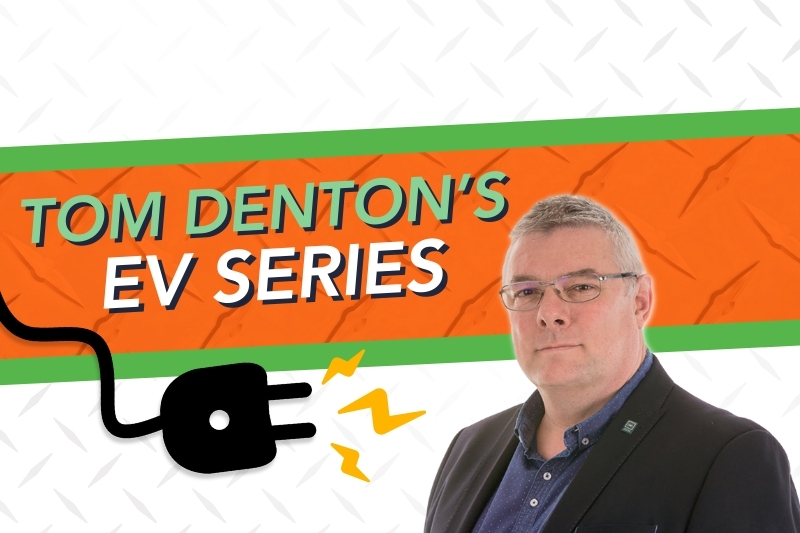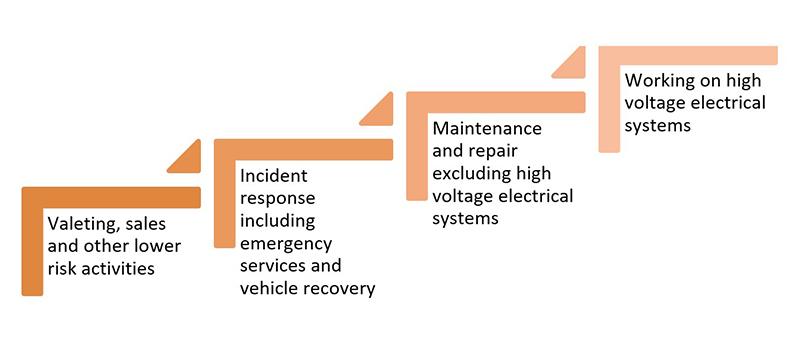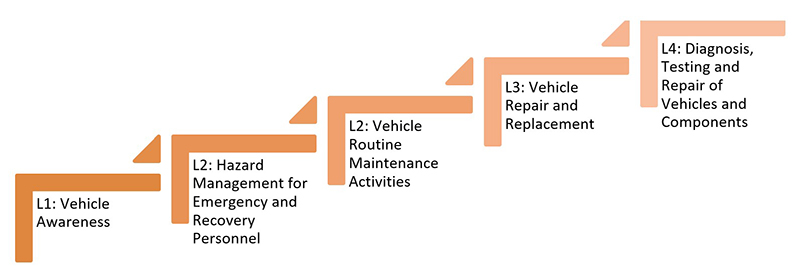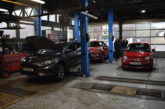
Last month Tom Denton asked the question “Are high voltage vehicles dangerous to work on?” The answer is no, they are not dangerous if you have the correct tools and are suitably trained.
To understand how the various awards and qualifications relating to high voltage vehicles work, let’s look at how they came about in the first place. The HSE, aware of the changes to vehicle technologies, categorised the risks or dangers to people working on or around these vehicles at four different levels as outlined in Fig.1.

Using this information, the IMI developed a range of standards and qualifications, as shown in Fig.2 and outlined below:
> Level 1:Vehicle Awareness, is about being aware of the potential dangers, even things as simple as how some EVs are very quiet when moving in the workshop. This level is ideal for valeters, sales staff, managers, and anyone who comes into contact with EVs in a working environment.
> L2: Hazard Management for Emergency Personnel, is about ensuring first responders are able to work safely.
> L2:Vehicle Routine Maintenance Activities, is aimed at qualified or time served technicians working around high voltage systems who are able to safely switch them off (de-energise).
> L3:Vehicle Repair and Replacement, is for technicians who will be working on the high voltage systems, with them switched OFF.
> L4: Diagnosis, Testing and Repair of Vehicles and Components, includes working on high voltage systems with them switched ON, and is for technicians who have previously completed level 3.

To set a context, a training course for level 1 would be a maximum of one training day. Levels 2, 3 and 4 are often about two days each (assuming the delegate is a qualified vehicle technician). Some providers offer a week long course that covers levels two, three and four.
For safety reasons it is essential that you are trained and qualified before working on or near high voltages – the 400V used by many EV batteries really will kill you…
There is no licensing requirement for working on vehicles (we can debate this another time!). However, when it comes to high voltages in the workplace, the Electricity at Work Regulations 1989 definitely applies to vehicles as much as it does to fixed wiring in the home or workshop. For example, one part states:
“No person shall be engaged in any work activity where technical knowledge or experience is necessary to prevent danger or, where appropriate, injury, unless he [sic] possesses such knowledge or experience, or is under such degree of supervision as may be appropriate having regard to the nature of the work.”
IMI TechSafe, a professional recognition, is an excellent way of ensuring compliance with the Electricity at Work Regulations, and the associated HSE requirements – and, of course, to keep a technician safe. It identifies a member’s professionalism and safe working practice in the field of EV. As well as proof of competence through the achievement of nationally recognised qualifications, IMI
TechSafe recognition means that the member keeps up-to-date through mandatory requirements for CPD. To retain recognition, you must complete a set amount of CPD over three years.
Next month will be back to basics when I look at how the main EV systems work.
For more from the EV series, click here.









